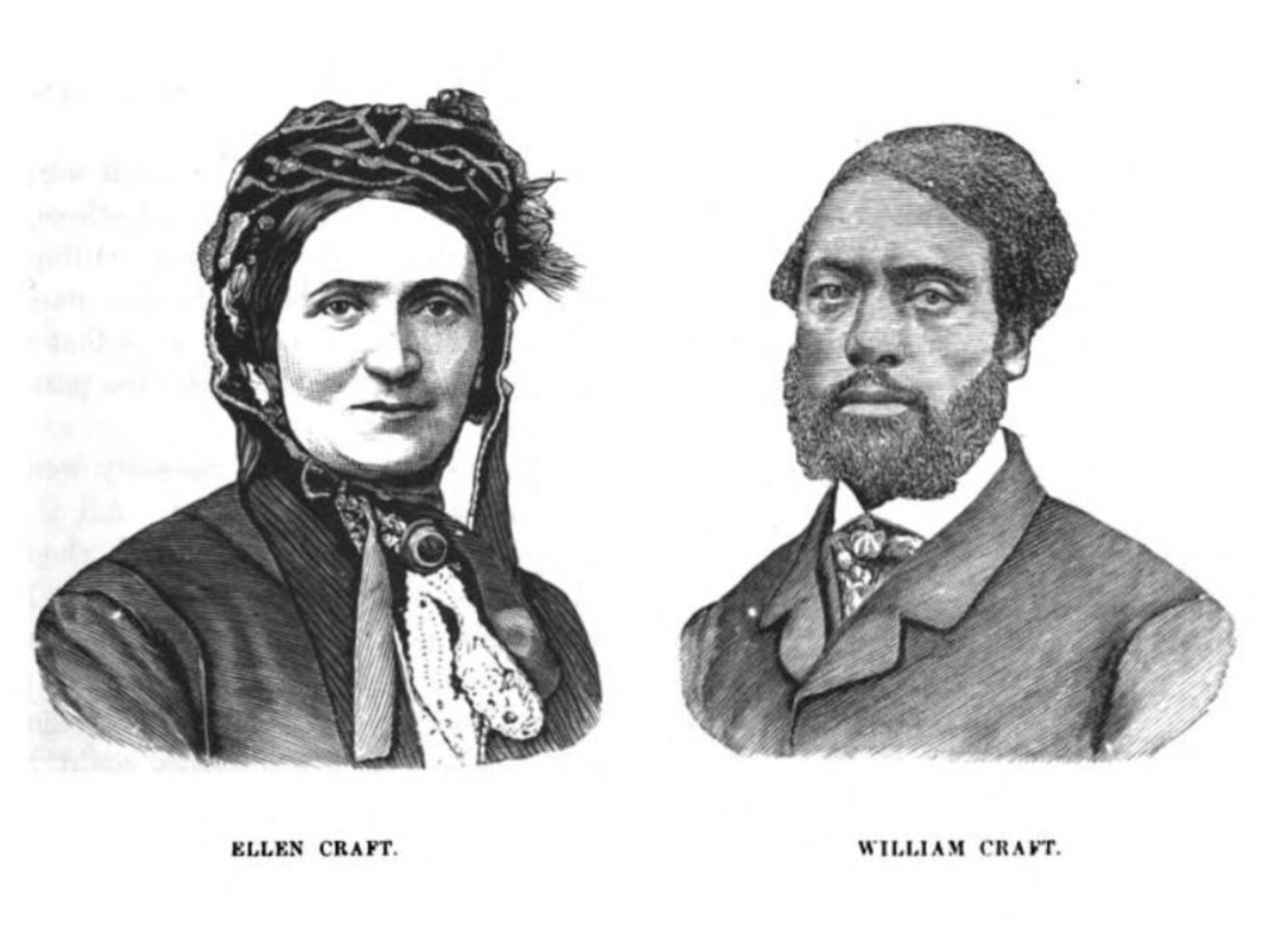Trailblazer with Amandla Stenberg
Net-a-Porter
2021-02-08

Ever since her breakout role in The Hunger Games, Amandla Stenberg’s career has gone from strength to strength. Here, the actor talks to Micha Frazer-Carroll about her involvement in the Black Lives Matter movement, how the pandemic has made her re-evaluate her life and why she’s keenly exploring other creative avenues
Speaking to Amandla Stenberg feels strikingly like hanging out with a close friend, as well as interviewing a compelling voice from Hollywood’s twentysomething cohort. As we connect over Zoom, the conversational ground quickly spans from grumbling about media depictions of Gen Z to lamenting the elitist hierarchies that have emerged at queer Zoom parties. She also laughs a lot.
The laughter subsides and Stenberg reflects on the turbulent times that 2020 brought. She’s been Airbnb-ing and short-term renting for two years now – between New York, LA, Paris and Copenhagen – and has felt constantly unsettled since the pandemic hit. “I think sometimes I forget the lens through which I’m looking at things,” she says. “I can kind of get stressed out, wondering why I have so much anxiety, or why I’m in a constant state of paranoia and fear – and then I remember the circumstances.”
There are things to be grateful for, too, of course – she stresses that she doesn’t want to sound all “the pandemmy’s been so hard”, particularly since the actor, whose father is Danish, spent three months of the past year in the rolling hills of rural Denmark. “The thing I’m grateful for is definitely the opportunity to move more slowly – like actually thinking about my habits, the way I move through each day and what my priorities are.”…
Read the entire article here.






